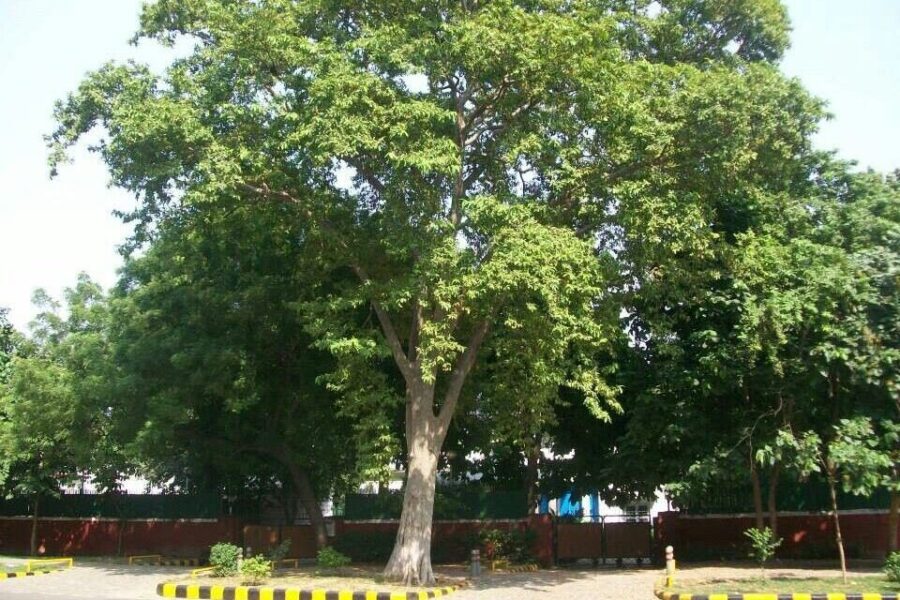General Information
- Category- Fruit, drug
- Binomial Name- Terminalia arjuna
- Common Names- Kakubha, Partha, Svetavaha
- Spread- 600-800 inches
- Height- 900-984 inches
- Days to Maturity- 2190-2555 days
Environmental Requirements:
- Soil- Alluvial loamy or black cotton and well drained, loose, fertile
- Soil Moisture- 20%
- Soil pH- 6.1-7.0
- Sun Requirements- Full sun/Partial sun
- Best Time to Plant- Spring (February-March)
Tips to Grow Arjuna:
Arjuna tree is grown by seeds or cuttings
- Arrange good quality of arjuna seeds or buy a nursery plant.
- Soil should be loose, fertile and well draining. It should be moist but not wet. Mix some organic matter in the soil prior planting.
- Sow the seeds 1 inch deep in the soil. Use two seeds per pot. After 2-3 months when seedlings rises, transplant them.
- If you are growing tree with nursery plant then dig a hole twice the size of rootball and place your seedling nursery plant carefully in the hole.
- We can add compost made by kitchen waste or animal waste in main growing season.
- After six years plant starts flowering. The bark is removed from well- grown trees, preferably 10th year onward
- The collected bark is dried in well-ventilated shade and stored in boxes or polybags in dry and airy locations..
Chemical Constituents of Arjuna:
- Tannins- mainly pyrocatechol tannins.
- Arjunetin, a glycoside which on hydrolysis yields glucose and arjunic acid.
- Arjunollic acid, a trieterpene-saponin (it is responsible for diuretic effect).
- Large quantities of calcium salts and traces of aluminium and magnesium salts.
Uses:
- As a cardiotonc. It has a beneficial effect in ischemic heart diseases.
- As a diuretic (this effect is caused by saponin).
- As an astringent and febrifuge.
Show Comments


